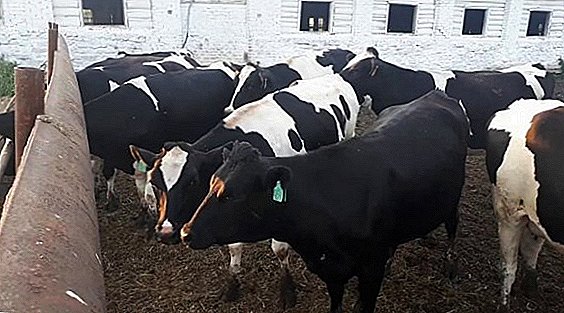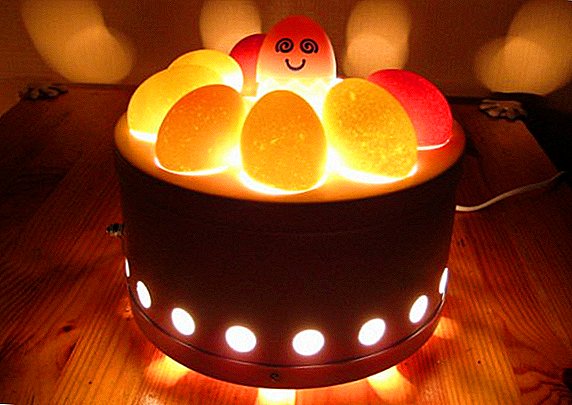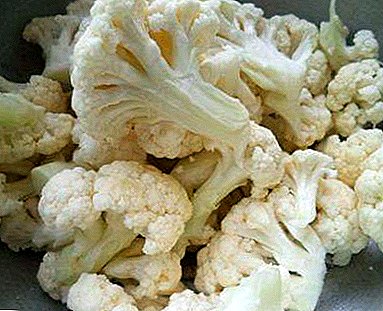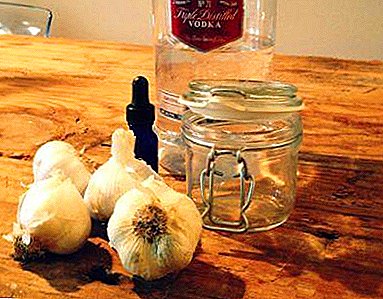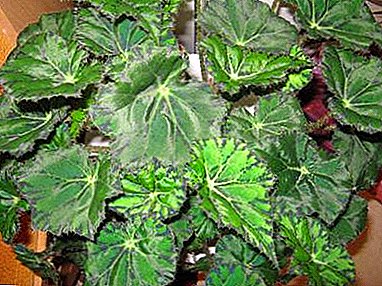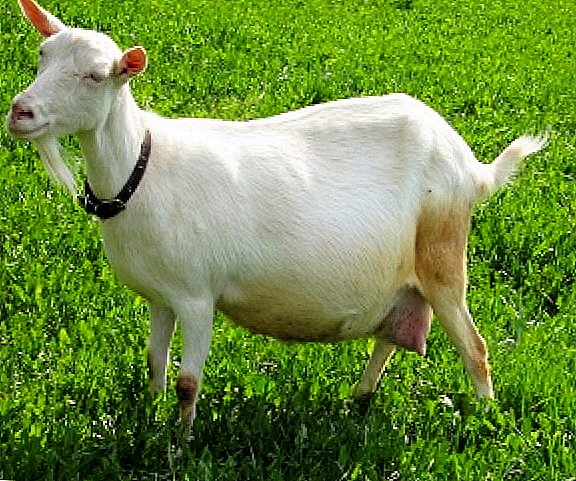
Goats are quite unpretentious animals in terms of maintenance and nutrition, but the order should be in everything.
In order for the animal to fully realize itself in terms of dairy potential, goats should be comfortable in the room where they live.
They should also have a balanced diet so that the body properly processes the food to release the dairy product.
The most common way of keeping goats in Eastern European climate conditions is stall-grazing.
Why exactly?
Frost and sun are not dangerous for goats, but milk may disappear or its ability to reproduce may decrease due to excessive hypothermia in dairy animals. therefore in winter, goats need to be kept in stalls, and on a deep litter, and in summer you can go to pasture.

In the summer heat, animals should be able to hide from the scorching sun, so be sure to equip the canopy for them.
All animals must be differentiated by age and kept in small herds according to age group.
Individual herds may consist of goats, goats, repair goats and culled animals.
Dairy goats should always be kept separate from everyone, because during lactation other animals can interfere with milking.
Another reason for this separation is the need to control the process of sucking goats during the dry period.

In winter, as it is known, in our region there can be quite severe frosts, therefore dairy goats stay almost all the time in the vetch.
The most comfortable temperature for them will be the range + 13 ... +21 ̊C. Humidity should be in the range of 60-70%.
Because of their unpretentiousness, the animals will feel normal in a room where the temperature and humidity are kept at + 4 ... +6 C and 80%, respectively.
It is impossible to allow both extreme cold in the goatling and heat. The room should be spacious enough, bright, well ventilated, without drafts. In winter, in the goatling you need to regularly maintain cleanliness, change the dirty or damp litter.

In the summer, milk goats spend almost a whole day on pasture. You can drive animals to the field when the earth is dry, when grass grows on it. You can not goat pastures before the dew dries, or if the grass is covered with frost.
During the winter, goats are weaning off fresh grass, so in the first days of grazing in the pasture they can eat a lot of greenery, which can cause severe diarrhea or swelling of the scar. Therefore, animals need feed not hungry, and before withdrawing, you need to give them a small amount of hay.
When the goats finally get used to the grass, then they can no longer give hay.
In the middle of summer, when it is very hot outside, it is necessary to bring goats to the field at sunrise.
If the animal is too hot, then it becomes sluggish, does not pinch the grass, trying to find a place to hide. If the goats stay in direct sunlight for too long, then the risk of their getting a heat stroke increases.
In order to protect animals, they need to be driven into a stall for a time from 11.00 to 14.00. When the temperature outside begins to fall, the animals can be brought back right before dark.
It is not advisable to bring goats to pasture if a thunderstorm is approaching or during rain, as this bovine is sufficiently susceptible to changes in atmospheric pressure.

If the field is good, then a milk goat will have time to eat on it in 5-6 hours. The gum lasts about the same time, but during this period the animals must lie down. Therefore, it is necessary to equip them for tyrlo, where they could lie down, rest, hide from the sun.
It is important to give the goats enough water to prevent dehydration. If the goat is a juicy grass, then you can drink it once, otherwise the animal should be given to drink twice, and in cool weather.
First time water should be given in the morning, before you drive a goat on the field, and the second time - after a day break. You also need to equip the drinker on the field. It should be a little salted water, as goats will graze better if they drink it.
In the middle of summer, the grass on the field will become more rough, so you will have to water the animals 2 hours after the beginning of grazing and 2 hours after the break at lunch.
The diet of the dairy goat must be designed so that the animal receives everything it needs. Otherwise, a weak goat can be born in a goat, or a reduction in milk production will be noticeable.
If the food is good and of good quality, then it has everything you need, but it is advisable to provide the goats with a separate feeding trough where the salt lizunets and tricalcium phosphate should be placed. Every day a dairy goat should receive 4 g of calcium and 2.4 g of phosphorus, 12-15 g of salt.
During the day, the goat eats as much as necessary, and the required amount of chemical compounds is obtained, but during lactation the concentrates should be given to the goat.
It is also interesting to read about the best breeds of goats.

Goats should be transferred to stall gradually over the course of a week. Approximately 9 to 10 days before the animals are transferred to a stall, you need to reduce the duration of walking, you need to drive the goats into the room earlier than usual, and in the stall you need to feed them with good hay and concentrates.
Walking is necessary even in winter. The duration of walking should be equal to 3 - 4 hours. Bringing goats to fresh air is necessary, as in conditions of limited movements the animal can feel bad.
Before you equip the goatling, on the south side of the shed you need equip a small fenced enclosure, where it will be possible to graze goats. It is necessary to feed animals in the winter with good hay, succulent fodder and mineral supplements.
There are recommendations regarding the amount of feed given. At the bottom of a goat per day should be 1.2-1.4 kg of grass or grass hay, 0.5-0.7 kg of bean hay, 1.5-2.5 kg of juicy feed in the form of chopped beets and boiled potatoes, 0 , 3-0,5 kg of concentrates, 13-15 g of salt and 12-15 g of mineral supplements.
Very often, in order to improve the cicatricial digestion of goats fed brooms (dried branches with leaves) and autumn leaves. During the winter a healthy goat can eat 100 - 18 brooms. Brooms are best made aspen, maple, ash, birch.
Rearing

There are two ways to raise kids: under the uterus and without it. In the case of dairy goats, the young need to be weaned immediately.
Young animals can be released outside even in the winter, but for a short time and only when the kids are strong enough.
If spring youngsters, it is better to wait a couple of weeks and only then chase the kids for walking.
Keep the newborn animals warm and dry so that they do not catch cold due to lack of immunity. First, they must be fed with fresh milk and, of course, colostrum, which contains trace elements that contribute to the formation of the immune system of the animal.

1 week after birth, kids need to cook porridge (oatmeal, semolina), adding to it a little salt and cool. From the age of 10 you can begin give hay or brooms, and also on 4 - 6 g of salt on the head.
After 20 days after birth, you need to add mineral nutrition in the form of bone meal (5-7 g) or chalk. Concentrates can be given a month after birth.
Be sure to water the kids with warm water. If the diet is compiled correctly, then the weight gain per month should be 3-5 kg. You can translate into a stall those kids who have reached the age of 7 - 8 months. Every day they need to be fed 1.5 kg of good hay, 200-300 g of concentrates and 1 kg of juicy feed or silage.
Keeping a milk goat is easy. From her a lot of benefits, not only in the form of milk and colostrum, but also in the form of young goats. If the goat is healthy, then the young from it will turn out healthy.



